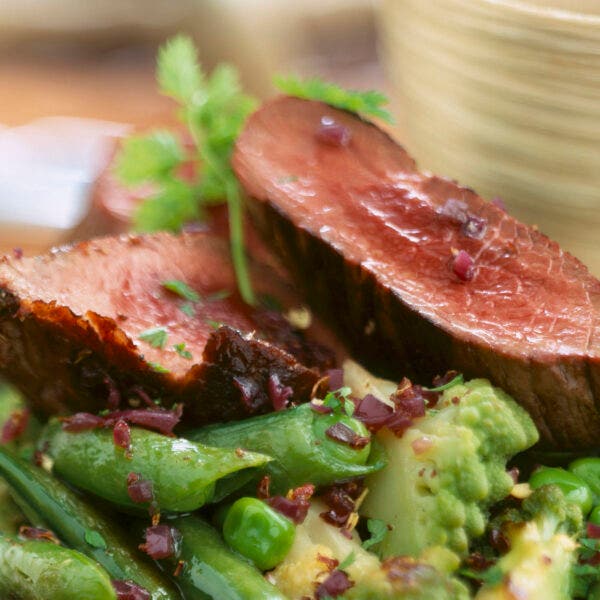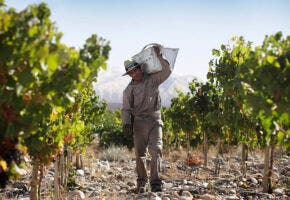What is Malbec
Malbec finds its roots in France, where it is a variety permitted in red Bordeaux wine as well as the key grape in Cahors. However, it is currently most famous in Argentina, where it produces inky, rich wines. Argentina produces more Malbec than any other country and has earned great acclaim for its plump, jammy wines.
On the vine, Malbec is a deep purple grape that produces equally dark juice when pressed. This is a thick-skinned grape with a lot of pigment and a fair amount of tannin.
The grape prefers sunny and dry regions where it can fully ripen, and can be produced in a variety of soil types.
Malbec, which is mostly made into single-variety wines in Argentina, produces medium- to full-bodied wines with lots of tannins and moderate alcohol. The dark, juicy grape offers notes of black plum, cherry, blueberry and blackberry.
Malbec in France
In the Southwest France region of Cahors, Malbec must make up at least 70% of a red wine. Here, Malbec is grown on terraces along the banks of the Lot River, where it produces different results depending on the soil type and elevation. The grape was once grown throughout the country, which led to its many synonyms.
Now, it is no longer a widely planted variety in France. It can still be found, however, in several appellations, including Bergerac, Buzet, Fronton, Anjou and Touraine. In Loire Valley’s Saumur, it can be blended and used in sparking wine production. Although it is still one of the varieties permitted in the Bordeaux blend, it is rarely used these days. Winemakers in the smaller regions of Côtes-de-Bourg, Blaye and Entre-Deux-Mers continue to grow Malbec, where it is blended with other common varieties.
Malbec in Argentina
In 1868, Michel Pouget, a French engineer, brought Malbec to Argentina. The grape became a winemaking star. Most plantings are in the Mendoza region, where vineyard sites sit between 2,000–3,600 feet in elevation. However, the grape is also grown in the regions of La Rioja, San Juan, Catamarca and Salta. Malbec from Argentina is slightly different than the French counterpart. The berries are smaller, as are the clusters, and it is believed that the clones that were brought over to Argentina have since disappeared from France.
Global Production
Chile, Australia and New Zealand produce a small amount of Malbec, which is typically used in red blends. California, Washington and Colorado have the most plantings in the United States. The grape is used to bolster blends, but can also be bottled as a varietal wine.
Synonyms
Malbec grapes are found in red, rose, sparkling, white, and dessert wines.














